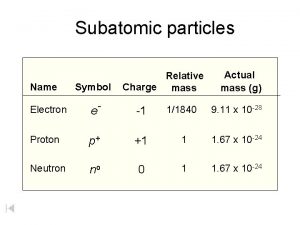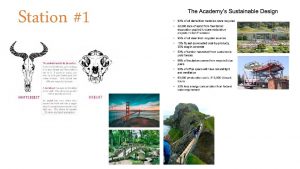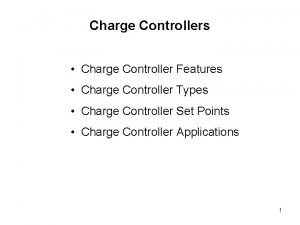Station 1 Charge location and orientation This station





- Slides: 5

Station 1: Charge location and orientation • This station can include any lego model that comes together specifically based on charge and location. An example is shown on the right. • The molecular workbench screen that should be up is the on fibers where students place their own positive and negative charges on the fibers in specific locations.

Station 2: Shape • The lego model is an example of a system where the shape plays a significant role in assembly. The two brown legos are glued to the black one. The red lego is also glued to the black one. • The molecular workbench screen that should be up is the on microtubules.

Station 3: Energy/ Temperature • The lego model used at this station can be whatever you want it to be. Students use the model and shake it at different speeds to simulate various temperatures. • The molecular workbench page the motion and stickiness page and students experiment with the temperature control.

Station 4: Environment • This station does not have specific Lego model either. Students should use different sized box lids to see how the environment impacts the assembly of the system. • The molecular workbench page should be the making monolayers page and students adjust the environment in a different way by changing the charge on the green atoms.

Station 5: System Complexity • The model can be any system that is more complex than the others. A good “complex” system would be one with more and many different components. • The molecular workbench piece for this one is the design your own, which students will see that with more components, the system is more difficult to assemble.









